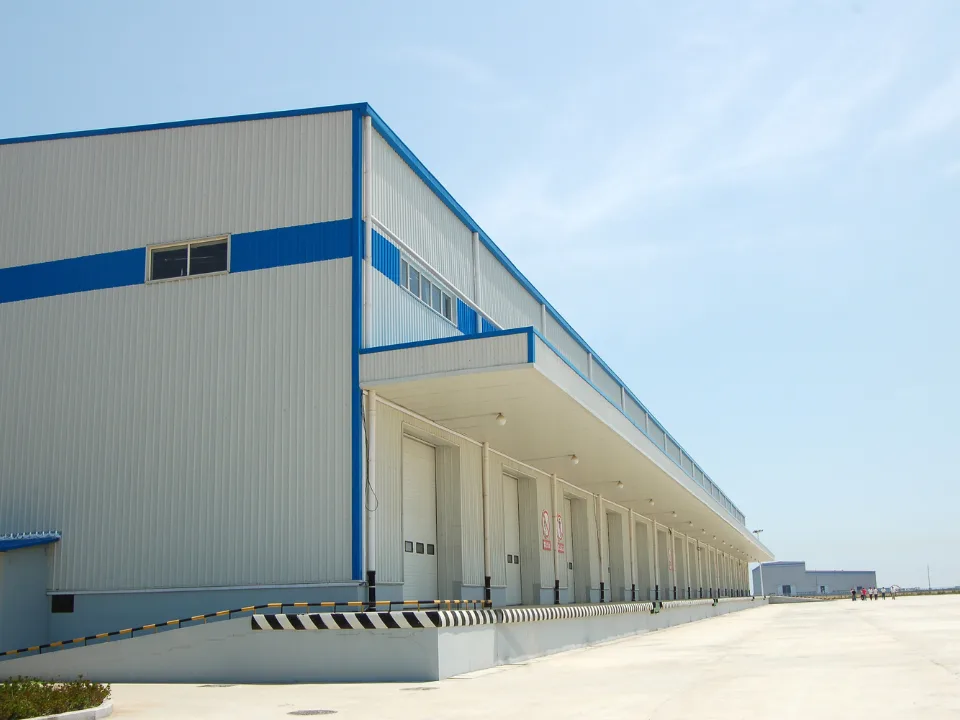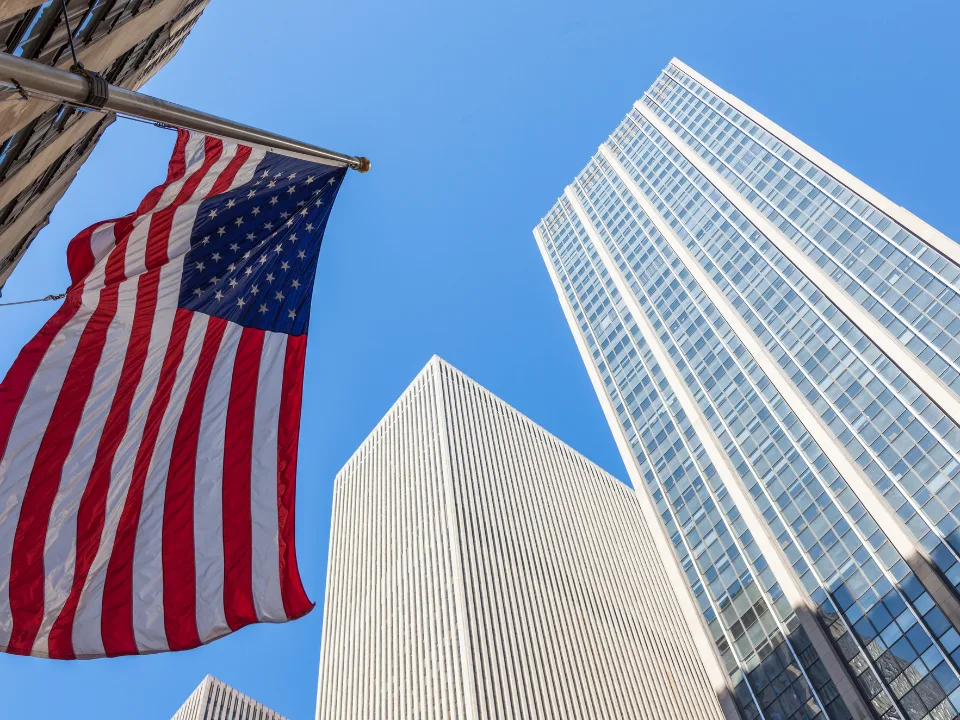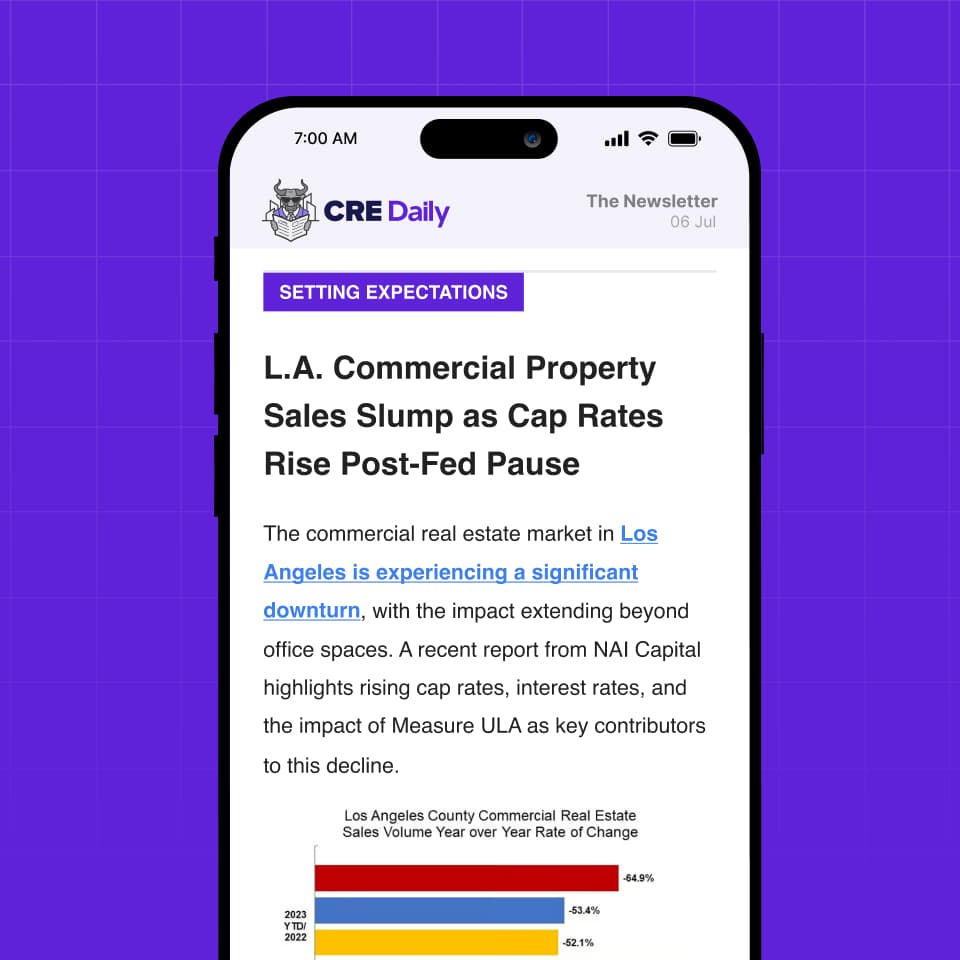- Starwood Capital acquired 38 warehouses for $685M from Goldman Sachs and Dalfen Industrial.
- The portfolio is 89% leased to major tenants like Amazon, Walgreens, Kroger, and Wilson Sporting Goods.
- Properties are located in key distribution markets including Dallas, Atlanta, Nashville, and Austin.
- The deal highlights continued investor demand for last-mile logistics assets amid e-commerce and nearshoring growth.
A Big Bet on Last-Mile Logistics
Starwood Capital’s $685M acquisition signals continued confidence in the industrial sector—especially distribution centers positioned near major population hubs, per Bloomberg.
The 38 warehouses span high-demand markets like Dallas, Atlanta, Nashville, and Austin, making them well-suited for last-mile delivery.
Top-Tier Tenants, Solid Occupancy
The portfolio is 89% leased to a roster of nationally recognized brands including Amazon, Walgreens Boots Alliance, Kroger, and Wilson Sporting Goods.
That level of occupancy and tenant quality provides stable income and long-term value for the new owner.
Get Smarter about what matters in CRE
Stay ahead of trends in commercial real estate with CRE Daily – the free newsletter delivering everything you need to start your day in just 5-minutes
Dalfen Stays in the Game
Despite the ownership shift, Dalfen Industrial will remain the operator of the properties.
CEO Sean Dalfen called the portfolio “exceptional” and emphasized plans to create further value in these high-growth metro markets.
Strong Market Fundamentals
Demand for warehouse space remains strong, even with a wave of new supply in recent years. According to JLL, e-commerce is still expected to grow by nearly 9% annually.
At the same time, companies are adopting nearshoring strategies to bring their supply chains closer to home, further fueling demand for logistics space.
What It Means for Investors
The Starwood deal reinforces industrial real estate’s status as a top-performing asset class. With rising demand for fast delivery and efficient supply chains, last-mile facilities continue to attract institutional capital—and that trend isn’t slowing anytime soon.















